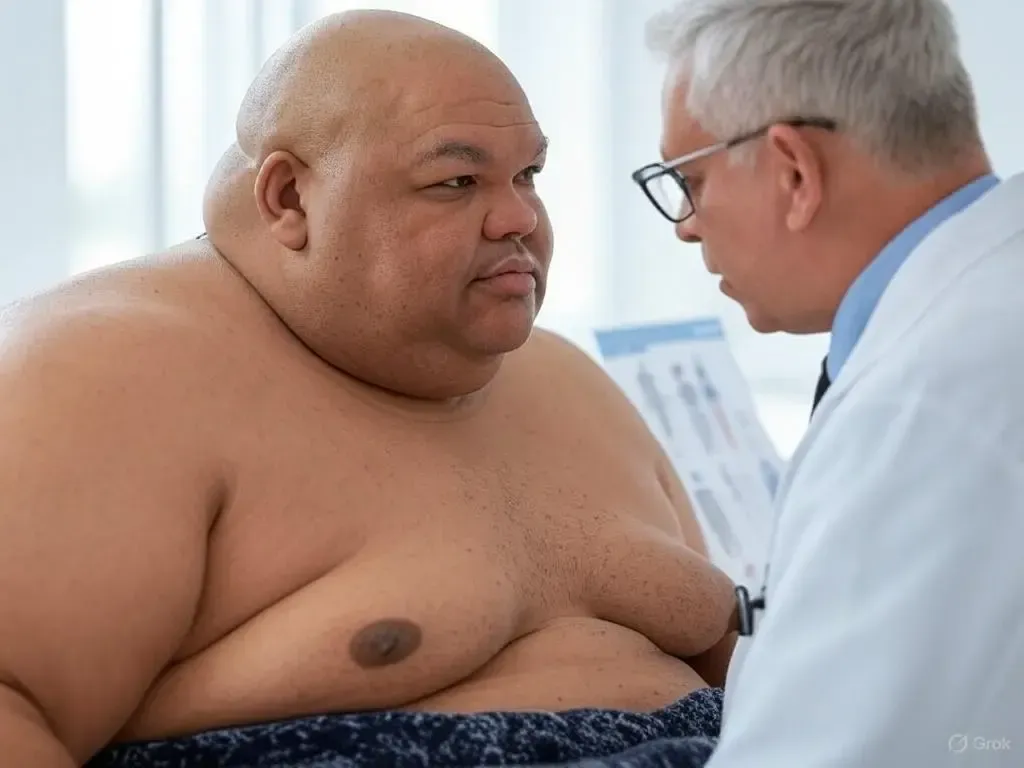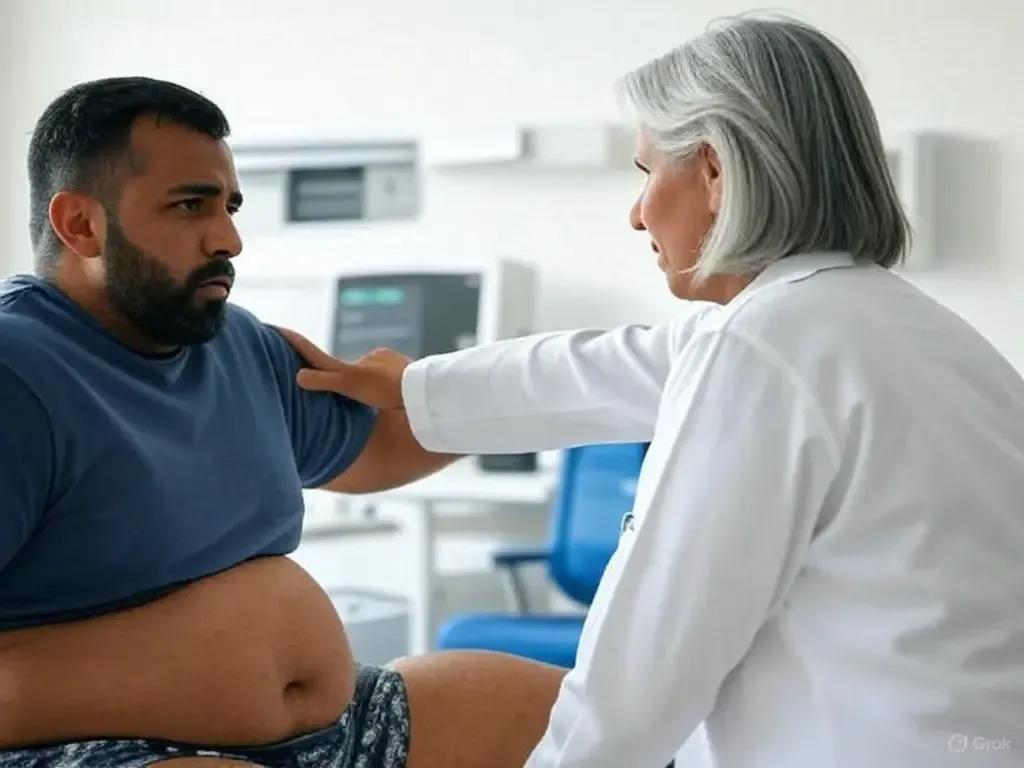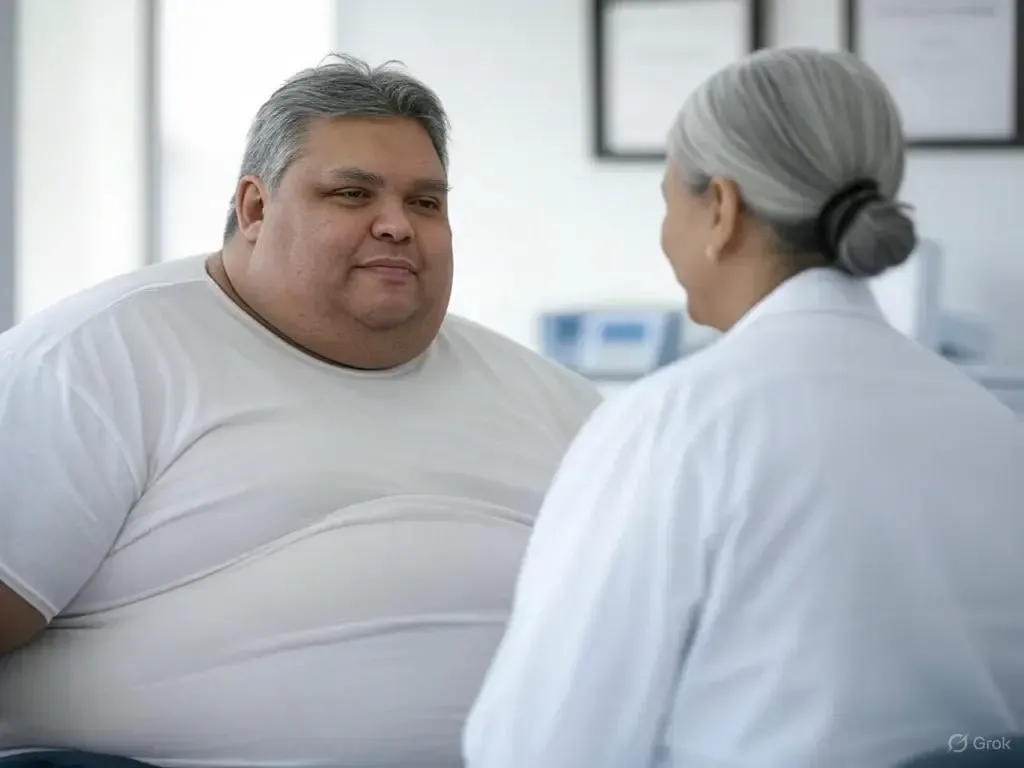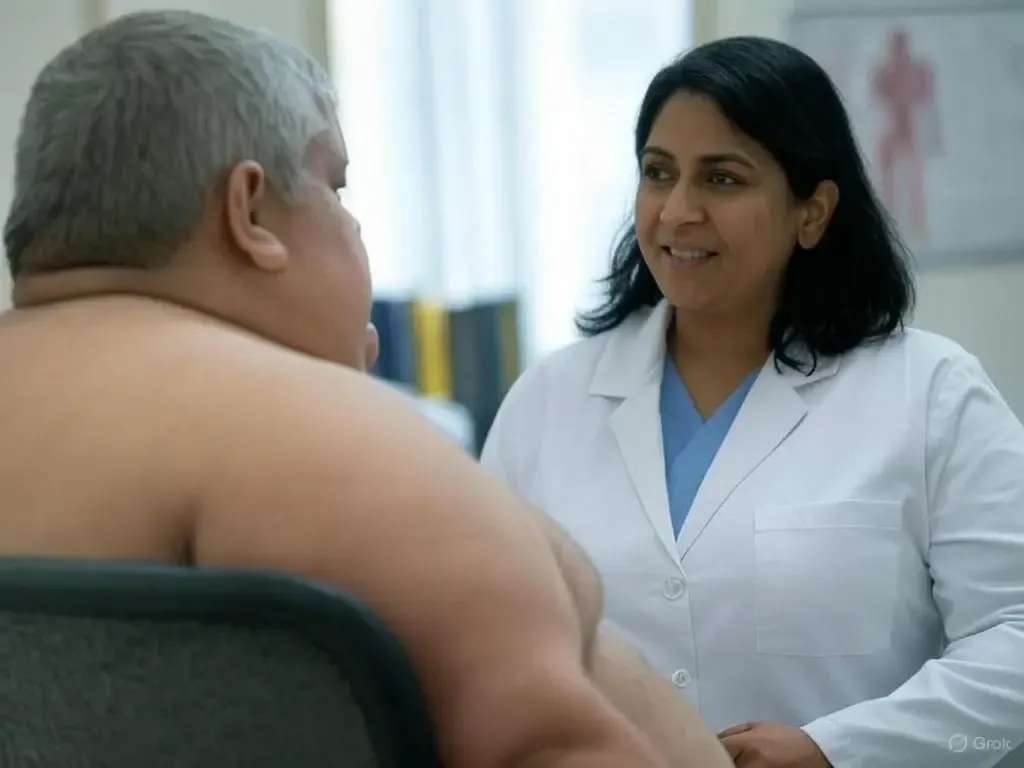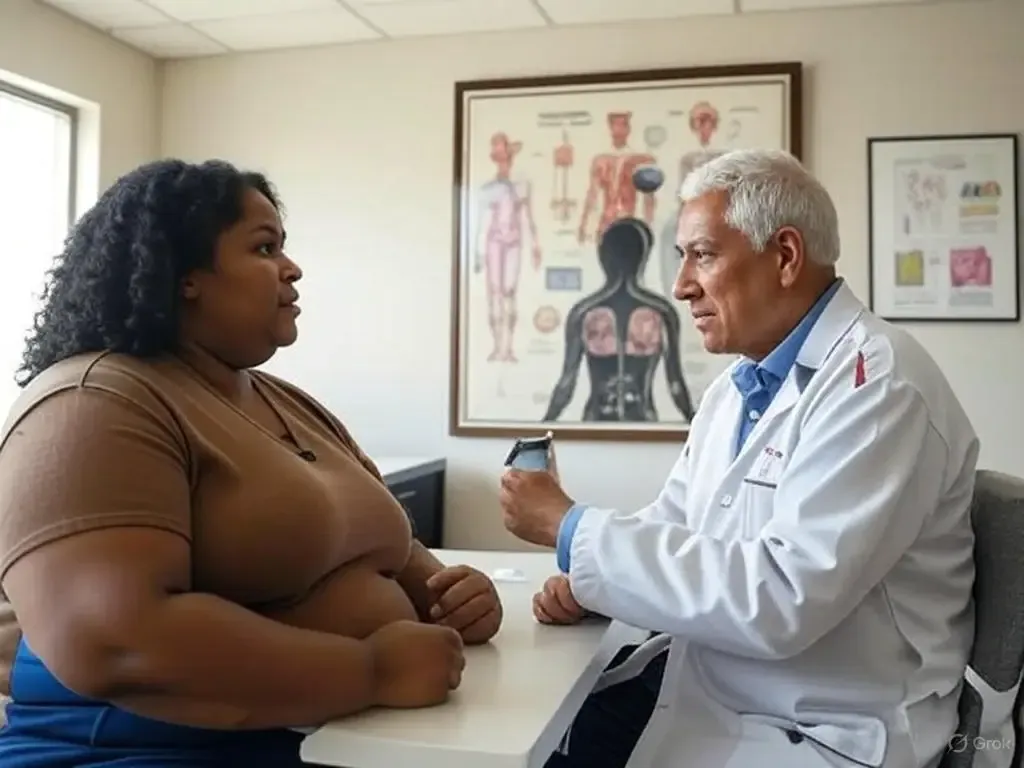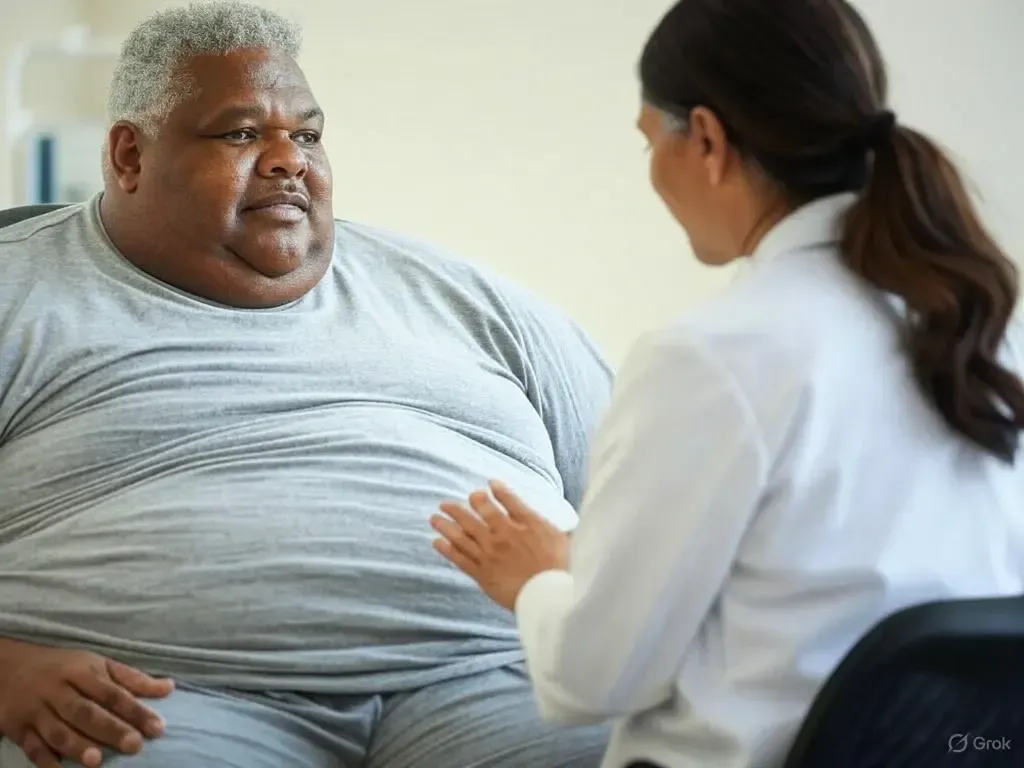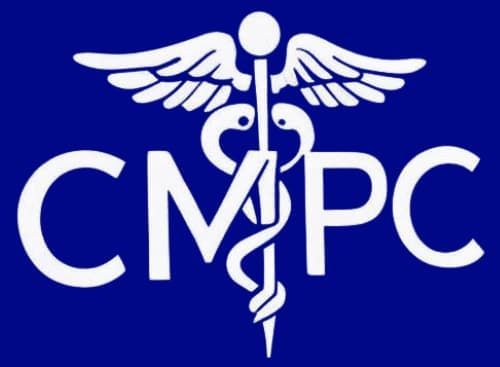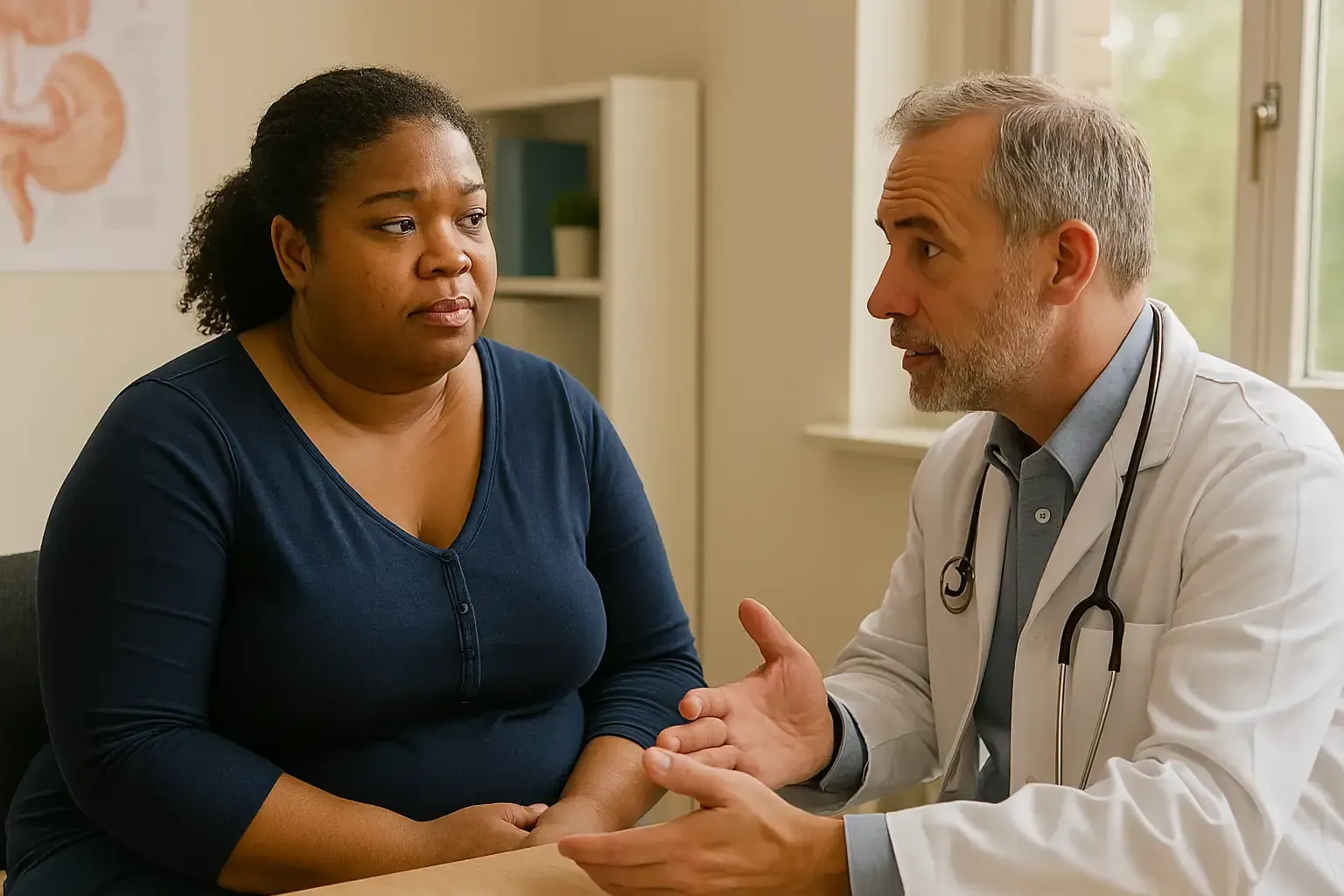
For individuals considering non-surgical weight loss options, a common concern is the level of pain or discomfort associated with these procedures. This concern is entirely valid, after all, embarking on any medical treatment should involve carefully considering potential side effects and physical sensations you might experience.
Non-surgical treatments, such as gastric balloons, medical weight loss programs, and minimally invasive endoscopic procedures, offer effective weight management solutions without surgery. While these options are generally well-tolerated, understanding what to expect regarding discomfort can help you prepare mentally and make an informed decision about your weight loss journey.
4 Common Non-Surgical Weight Loss Procedures and Their Discomfort Levels
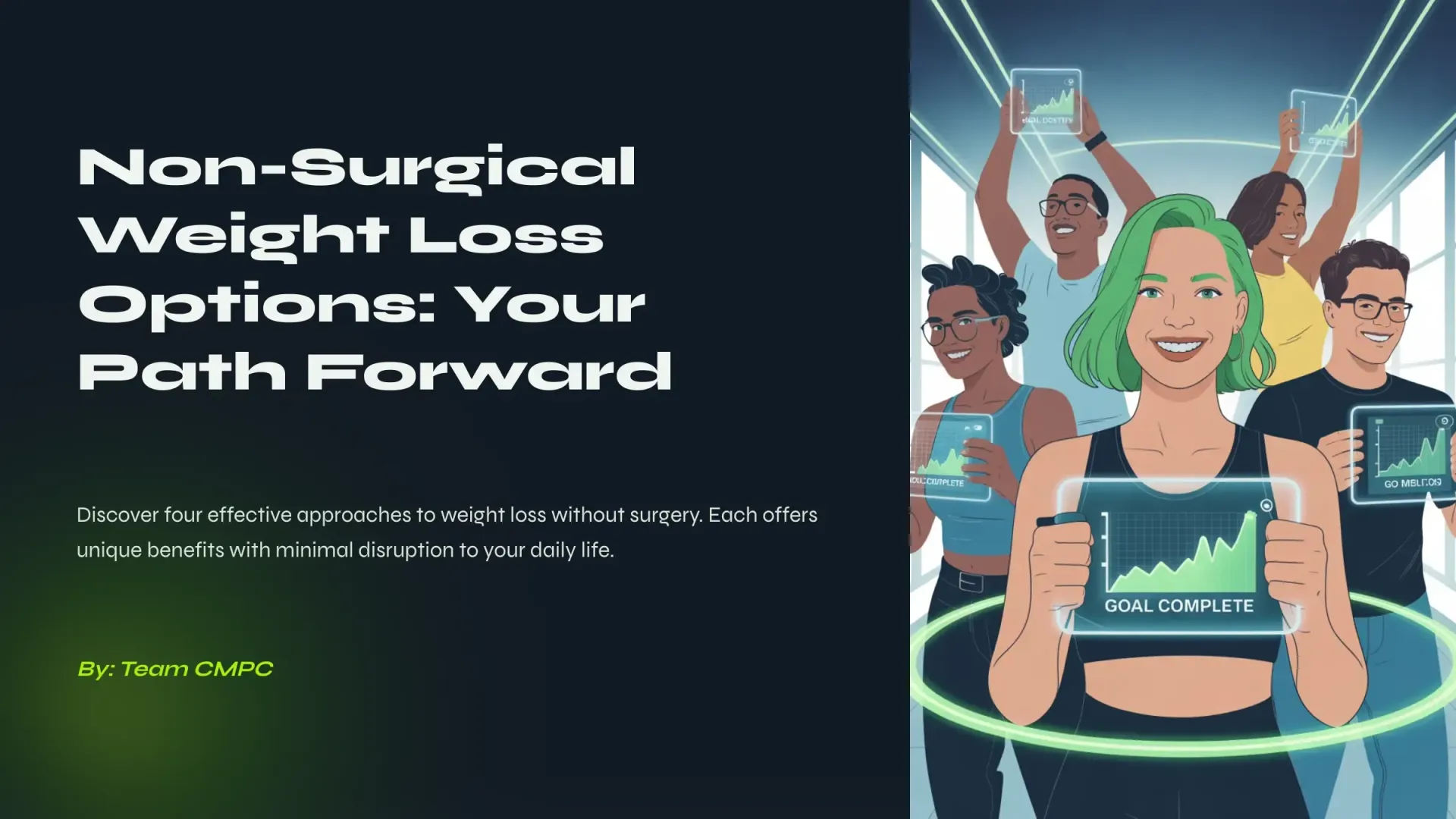
Let’s explore today’s most popular non-surgical weight loss options and what patients typically experience during and after these procedures.
1. Gastric Balloon Placement
Gastric balloons, a popular non-surgical option, work by occupying space in the stomach, leading to early satiety and reduced food intake. These temporary devices remain in place for approximately 4-6 months, significantly assisting portion control and appetite management.
Procedure Experience:
- Some gastric balloons, such as the Allurion Balloon, are swallowed as a capsule and inflated without endoscopy or anesthesia, resulting in minimal discomfort.
- Endoscopic balloon procedures may involve mild throat discomfort from the insertion process.
- The procedure typically takes only 15-20 minutes, with most patients returning home the same day.
The beauty of modern gastric balloon technology lies in its simplicity. Unlike the gastric balloons of the past, many contemporary options require no sedation or surgery. The Allurion Balloon, for instance, is truly revolutionary. You swallow a capsule containing the deflated balloon during a quick office visit. Once in your stomach, the balloon is filled with a sterile saline solution through a thin catheter, which is then removed. The entire process takes about 15 minutes.
For endoscopic balloon placements, patients receive light sedation to ensure comfort. A specialist uses an endoscope (a thin, flexible tube with a camera) to guide the deflated balloon into the stomach, filling it with saline. While you may experience mild soreness in your throat afterward, similar to what you might feel with a mild cold, it typically resolves within a day or two.
Potential Discomfort:
- Initial nausea, bloating, and mild abdominal cramps are typical for the first few days as the stomach adjusts.
- Most side effects subside within a week, and medications can help manage symptoms.
- Occasional acid reflux may occur but can be effectively managed with medication.
As your body adapts to the presence of the balloon, it’s normal to experience some discomfort. Your stomach is learning to function with a new occupant, which can trigger temporary responses like nausea or a feeling of heaviness. These sensations are most pronounced in the first 3-5 days following placement.
Our patients often report that the discomfort is comparable to the feeling of having eaten a substantial meal. The good news is that these symptoms are predictable and manageable. Our medical team will provide anti-nausea medications and specific dietary guidelines to minimize discomfort during this adjustment period. By day 7, most patients report feeling completely normal and can focus on the positive effects: feeling satisfied with smaller meals and experiencing reduced hunger.
Pain Level: Mild to moderate, with discomfort decreasing significantly after the first week and becoming minimal by week two.
2. Endoscopic Sleeve Gastroplasty (ESG)
ESG is an innovative, minimally invasive procedure where sutures are placed in the stomach to reduce its size and capacity, aiding in weight loss. This procedure offers many of the benefits of surgical sleeve gastrectomy without the need for incisions or permanent alterations to your digestive anatomy.
Procedure Experience:
- Performed under conscious sedation, patients do not experience pain during the procedure.
- The entire procedure typically lasts 60-90 minutes with no external incisions.
- Patients can return home the same day, most resuming normal activities within 2-3 days.
During ESG, you’ll be comfortably sedated but not under general anesthesia, eliminating many risks associated with being entirely unconscious. A skilled endoscopist will use a specialized suturing device attached to an endoscope, which enters through your mouth and down to your stomach. This device places about 12-15 sutures in your stomach, creating a sleeve-like structure that reduces the functional volume of your stomach by up to 70%.
The absence of incisions means no scarring and significantly reduced recovery time compared to traditional bariatric surgery. Most patients are surprised by how quickly they feel ready to return to regular routines, often within
48-72 hours of the procedure.
Potential Discomfort:
- A sensation of fullness, mild cramping, and temporary nausea.
- Patients may feel some bloating and mild pain for a few days post-procedure.
- Occasional heartburn or acid reflux may occur but typically responds well to medication.
After ESG, your body needs time to adjust to your stomach’s new configuration. The sutures create a sensation of tightness that most patients describe as fullness rather than pain. You might experience cramping similar to hunger pangs, though these sensations are generally mild and diminish rapidly over the first week.
The nausea experienced after ESG is typically less severe than gastric balloons since there’s no foreign object in your stomach, only sutures your body readily accepts. Our medical team will prescribe a proactive anti-nausea regimen to ensure your comfort during recovery. Most patients report that the discomfort is well worth the rapid results they begin seeing within the first month.
Pain Level: Mild, managed with prescribed medications, typically resolving within
3-5 days.
3. Prescription Weight Loss Medications
Medical weight loss programs often include FDA-approved medications that help suppress appetite, improve metabolism, and regulate hormones involved in hunger and satiety. These medications work with your body’s systems to make weight loss more achievable and sustainable.
Procedure Experience:
- No invasive procedures are involved; medication is taken orally or by injection (typically weekly).
- Regular follow-up visits ensure optimal dosing and monitoring of progress.
- Treatment plans are personalized based on your medical history and weight loss goals.
Modern weight loss medications signify a considerable advancement from earlier generations of diet pills. Today’s FDA-approved options operate through advanced mechanisms that target brain pathways controlling hunger, metabolism, and food cravings. Some medications, such as GLP-1 receptor agonists, mimic hormones naturally found in your body, helping you feel fuller for longer and reducing the urge to snack or overeat.
The medication regimen is simple and integrates easily into your daily routine. Depending on the prescribed medication, you’ll take a daily pill or administer a weekly injection. Our medical team provides comprehensive training on proper administration techniques for injectable medicines, making the process straightforward even for those who have never used injections.
Potential Discomfort:
- Some individuals may experience mild side effects such as dry mouth, nausea, or mild digestive issues.
- In rare cases, increased heart rate or jitteriness may occur.
- Side effects typically diminish as your body adjusts to the medication.
It’s important to understand that side effects from weight loss medications are generally mild and often temporary. The most common experience is mild nausea, particularly in the first few weeks of treatment or after dosage increases. This nausea is a sign that the medication is working, it’s part of the mechanism that helps you feel satisfied with smaller portions.
Digestive changes may include occasional constipation or looser stools as your digestive system adjusts. These effects are usually self-limiting and resolve as your body adapts to the medication. Our medical team employs a start low and go slow approach to dosing, which minimizes side effects while your body adjusts. We’ll also provide specific recommendations for managing discomfort, such as timing your medication with meals or changing your dietary fibre intake.
Pain Level: Minimal to none, with side effects typically manageable through proper dosing, timing, and minor lifestyle adjustments.
4. Lifestyle-Based Non-Surgical Programs
Structured weight loss programs focusing on diet, exercise, and behavioural changes provide an entirely non-invasive approach. These comprehensive programs address weight management’s physical, psychological, and educational aspects for sustainable results.
Procedure Experience:
- No physical procedures are involved; they focus on sustainable lifestyle changes.
- Regular consultations with weight loss specialists, nutritionists, and fitness experts.
- Personalized meal plans and exercise regimens tailored to your preferences and needs.
Our lifestyle-based programs represent the most natural approach to weight loss, working with your body’s inherent capabilities rather than against them. These programs begin by thoroughly assessing your habits, medical history, and personal preferences. This information forms the foundation of your customized plan.
Unlike generic diet plans found online, medical lifestyle programs incorporate regular monitoring of vital health markers and adjustments based on your progress and feedback.
You’ll have regular access to our team of specialists, including registered dietitians who can help you navigate real-world challenges like dining out or holiday celebrations without derailing your progress.
Potential Discomfort:
- Initial hunger pangs and cravings when adjusting to a new diet.
- Muscle soreness from increased physical activity.
- Potential emotional adjustments as you develop new relationships with food.
Transitioning to healthier eating patterns often brings temporary hunger sensations as your body adjusts to new meal timing and portion sizes. These feelings are normal and typically subside within 10-14 days as your appetite regulation systems adapt. Our programs incorporate specific strategies to minimize hunger during this adjustment period, such as higher protein intake, strategic fibre consumption, and proper hydration.
When increasing physical activity, some muscle soreness is expected and indicates positive adaptation. We design exercise programs that gradually increase intensity, minimizing excessive soreness while providing effective results. Remember that mild muscle soreness differs from joint pain or injury. Our exercise physiologists will help you distinguish between beneficial challenges and potentially harmful discomfort.
The emotional aspects of changing long-established eating patterns shouldn’t be overlooked. Many patients experience temporary deprivation or social awkwardness when adapting to new food choices. Our behavioural specialists provide practical techniques for managing these challenges and reframing your relationship with food positively and sustainably.
Pain Level: None to mild, depending on your current fitness level and the pace of dietary changes.
How to Manage Discomfort from Non-Surgical Procedures
To minimize discomfort and ensure a smooth recovery process, consider the following tips:
- Stay Hydrated: Drinking plenty of water can help reduce nausea and bloating.
- Follow a Soft Diet: Eating small, easily digestible meals can ease stomach discomfort after gastric balloons or ESG procedures.
- Take Prescribed Medications: Anti-nausea and pain-relief medications provided by healthcare providers can effectively manage symptoms.
- Gradual Physical Activity: Ease into exercise to prevent strain and discomfort.
- Seek Support: Consulting with healthcare professionals and support groups can help address concerns and ensure comfort.
Proper hydration is perhaps the most critical factor in minimizing discomfort after any weight loss intervention. Water helps your digestive system process food more efficiently and flushes out by-products of fat metabolism. We recommend sipping water throughout the day rather than consuming large amounts at once, which can contribute to bloating. Aim for at least 64 ounces (about 2 litres) daily, more if you’re physically active or in hot weather.
Following dietary recommendations is crucial, particularly in the days immediately following procedures like gastric balloon placement or ESG. Your care team will provide specific guidelines, but generally, a progression from clear liquids to full liquids, soft foods, and regular foods over 1-2 weeks allows your body to adjust gradually. Rushing this process can lead to unnecessary discomfort.
Medications prescribed for symptom management should be taken as directed, even if you’re feeling well. It’s easier to prevent discomfort than to control it once it becomes severe. Anti-nausea medications work best when taken on a regular schedule during the initial adjustment period rather than waiting until nausea is overwhelming.
Physical activity should be reintroduced gradually after any procedure. Light walking is typically encouraged even on the day of most non-surgical interventions, as it helps reduce gas and bloating. More vigorous exercise can usually be resumed within a week, but always follow your provider’s specific recommendations for your situation.
Your weight loss journey’s emotional and psychological aspects deserve attention, too. Our support groups connect you with others experiencing similar challenges, providing valuable perspective and practical tips for managing discomfort. Many patients report that knowing what to expect and hearing others’ success stories significantly reduces their anxiety and perception of discomfort.
What to Expect During Recovery
Recovery time and discomfort levels vary depending on the specific non-surgical weight loss procedure. Here is a general timeline for what patients can expect:
First Few Days:
- Mild nausea, bloating, and fatigue.
- Adjustment to dietary changes and potential medication side effects.
- Focus on hydration and rest.
The initial days after beginning any weight loss intervention are typically the most challenging regarding physical discomfort. Your body is adapting to significant changes, whether adjusting to a gastric balloon, healing from ESG sutures, or responding to new medications. During this time, following your care team’s instructions precisely is crucial for minimizing discomfort.
Fatigue is common during this period and is essential, it encourages rest, facilitating healing and adaptation. Plan for reduced activity during these first few days, and consider taking time off work if your job is physically demanding. Many patients find discomfort during this period fluctuates, with good hours interspersed among more challenging ones.
First Week:
- Symptoms generally subside as the body adapts.
- Increased energy and reduced discomfort.
- Gradual return to normal activities.
By days 4 to 7, most patients report significantly improved comfort levels. Nausea typically becomes intermittent rather than constant, and energy levels start to return to normal. Your body is remarkably adaptable and will begin adjusting to your new normal more quickly than you might expect.
This is often when patients first notice positive changes beyond weight loss. Improvements in mobility, reduced joint pain, and better sleep quality are commonly reported during this period. These encouraging changes help counterbalance discomfort and reinforce your commitment to continuing the program.
After One Month:
- Most individuals feel fully adjusted and comfortable with their new lifestyle habits.
- Focus shifts from managing discomfort to optimizing results.
- Continued support and monitoring ensure long-term success.
The initial adjustment challenges are typically well behind you by the one-month mark. Physical discomfort related to the procedure or medication is minimal to non-existent for most patients. Your focus can shift to implementing the dietary and lifestyle changes supporting long-term success.
This is when many patients report entering a rhythm with their weight loss program. Meal planning becomes more intuitive, physical activity feels more natural, and the psychological aspects of change become less demanding. Our ongoing support remains crucial during this period as we help you refine your approach and address any new challenges.
Is the Discomfort Worth It?
While non-surgical weight loss procedures may involve some temporary discomfort, the long-term benefits often outweigh the initial challenges. Patients typically experience:
- Significant weight loss with minimal risks compared to surgery.
- Improved health conditions include reduced blood pressure, better glucose control, and enhanced mobility.
- Increased confidence and motivation to maintain a healthier lifestyle.
- Better quality of life, including improved sleep, reduced joint pain, and increased energy.
When considering any medical intervention, weighing potential discomfort against expected benefits is essential. Our patients consistently report that the temporary discomfort associated with non-surgical weight loss procedures is far outweighed by the improvements they experience in their overall health and quality of life.
Many patients begin seeing measurable health improvements within weeks, often before they’ve reached their target weight. Blood pressure readings usually normalize, blood sugar levels stabilize, and joint pain diminishes as the excess weight begins to come off. These early health wins provide powerful motivation to continue through any temporary discomfort.
Perhaps most significantly, patients report reclaiming aspects of their lives that excess weight had limited. Whether playing actively with grandchildren, feeling comfortable on an airplane, or simply climbing stairs without getting winded, these quality-of-life improvements represent the actual value of weight loss beyond just the numbers on a scale.
Let’s sum it up
Non-surgical weight loss procedures are generally well-tolerated, with mild to moderate discomfort that diminishes over time. Understanding the potential sensations you may experience can help you prepare mentally and physically. Consulting with a healthcare provider can further clarify what to expect and how to manage discomfort effectively. With the proper support and adherence to medical advice, non-surgical weight loss options can provide a safe and effective path to achieving your health goals.
Remember that discomfort is temporary, but the benefits of maintaining a healthy weight last a lifetime. Every day, our patients tell us they wish they had taken action sooner rather than letting fear of discomfort hold them back from improved health and quality of life.
Ready to take the first step?
Contact us today for a FREE consultation where we can answer all your questions and help you determine which non-surgical weight loss option might be right for you. Our expert team is committed to making your weight loss journey as comfortable and successful as possible.
